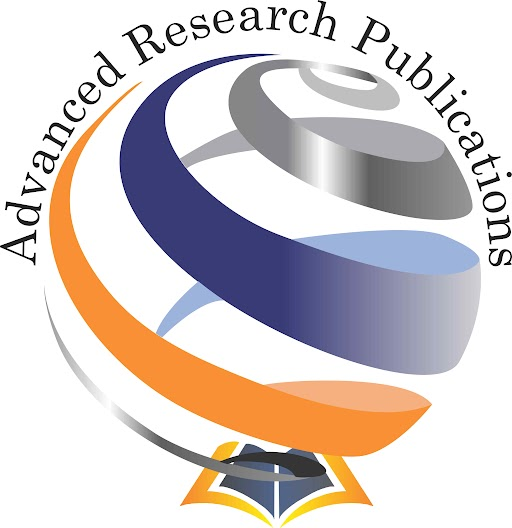Journal of Advanced Research in Material Design with Nanostructure Applications
Bibliographic Information
| Publishing Year: | 2025 |
| Origin: | India |
| Language: | English |
About the journal
The Journal of Advanced Research in Material Design with Nanostructure Applications is a peer-reviewed, interdisciplinary journal dedicated to the cutting-edge field of material design and the utilization of nanostructures in engineering and technology. The journal publishes high-quality research that explores the design, synthesis, characterization, and application of novel materials at the nanoscale, with a particular emphasis on their performance, functionality, and impact in various advanced applications.
The journal aims to provide a platform for advancing our understanding of the integration of nanostructured materials into diverse industries, including electronics, energy, healthcare, and environmental engineering. It promotes innovative approaches that combine materials science, nanotechnology, and engineering to solve real-world problems, improve material performance, and drive the development of next-generation technologies.
Key Areas of Focus Include:
Nanostructured Materials and Nanocomposites:
- Design, synthesis, and characterization of nanomaterials such as nanoparticles, nanotubes, nanowires, quantum dots, and nanocomposites.
- Functionalization and modification of nanostructures for specific applications.
- Hybrid materials combining nanostructures with bulk materials to enhance properties and performance.
Nanotechnology in Material Design:
- Innovative techniques for tailoring material properties using nanotechnology, including nanoengineering, self-assembly, and bottom-up/top-down fabrication methods.
- Advances in the integration of nanoscale features into bulk materials for enhanced strength, conductivity, and flexibility.
Nanostructures in Energy Applications:
- Development of nanomaterials for energy storage (batteries, supercapacitors), energy conversion (solar cells, thermoelectrics), and energy efficiency.
- Nanotechnology in renewable energy sources, including solar energy harvesting, hydrogen storage, and fuel cells.
Nanostructures for Electronics and Photonics:
- Design of nanomaterials for next-generation electronic devices, including transistors, sensors, and memory devices.
- Applications in photonics, optoelectronics, and nanophotonics, including light-emitting diodes (LEDs), photodetectors, and nanostructured coatings.
Nanomaterials for Healthcare and Biomedicine:
- Applications of nanostructures in drug delivery, diagnostic tools, and tissue engineering.
- Biocompatible and bioactive nanomaterials for medical implants, biosensors, and regenerative medicine.
Nanostructures for Environmental and Sustainability Applications:
- Environmental remediation using nanomaterials, including water purification, air filtration, and pollutant removal.
- Nanomaterials for sustainable technologies, waste management, and the development of environmentally friendly production processes.
Characterization Techniques for Nanomaterials:
- Advances in methods for characterizing nanostructures, including scanning electron microscopy (SEM), atomic force microscopy (AFM), X-ray diffraction (XRD), and spectroscopy techniques.
- Innovations in characterizing material properties at the nanoscale, such as mechanical strength, electrical conductivity, and thermal properties.
Computational Modeling and Simulation of Nanomaterials:
- Modeling and simulation of nanostructured materials for design, performance prediction, and optimization.
- Quantum mechanics, molecular dynamics, and density functional theory (DFT) in the design and simulation of nanomaterials.

